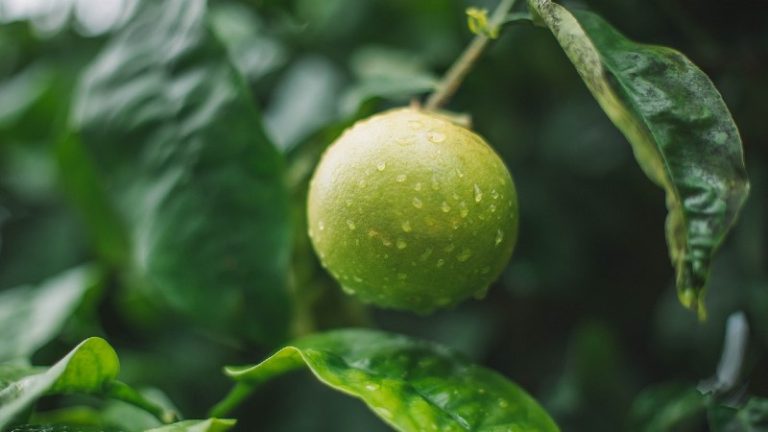A Miller’s Tale: Whissendine Mill
In life’s struggles there are few things that are more comforting than really good, artisanally made bread. Sometimes, in the modern world, we have to take our pleasures from simple ingredients that are made with care. Making your own bread starts with the best ingredients.
Having heard about nearby flour producer, Whissendine Mill in Rutland, from Julian Carter, owner of the Hambleton Bakery (my previous article about them is here: https://thefoodiebugle.com/article/purveyors/hambleton-bakery) I recently spent an inspirational morning being given a tour of the mill with my children.
The word Whissendine refers to an old Anglo-Saxon word for the “Wisingas” who lived near the stream valley of the village that now bears this name, north of Oakham, south of Melton Mowbray. The mill is thought to have been built in 1810 and its stands 60 feet tall. It has a Wegman’s roller mill, dating from 1878, with porcelain rolls. Most modern rolls are made of steel. In 1863 the original wooden gearing was replaced in cast iron. The sails of the windmill were battered by a storm in 1922, and the mill stood empty and near to dereliction for 80 years.
It was 1995 when Nigel Moon bought the mill for £50,000, from the Earls of Harbourgh, who own the Stapleford Estate on whose land the mill stood. Nigel and his charming 91 year old mother Ruth showed me photographs and narrated its history. The whole of the top level of Whissendine Mill had to be rebuilt and complex renovation work on the gears and machinery had to carried out before he could start milling.
For Nigel the renovation work and the running of the mill are a labour of love: he takes great pride in knowing that this beautiful old building is now fit for its original purpose, that of milling flour.
My children had an exciting and educational time finding out how the locally grown organic wheat is pulled up to the top of the mill by a pulley system and seeing at first-hand how four sets of rollers grind the corn into the flour we bake with in our home. They were able to grind the flour themselves using the demonstration tools.
Once the wholemeal was ground, chutes took the mixture to the dressing floor where a large drum slowly spun and separated the finer flour from the coarser bran. The fine flour fell to the ground where it was packed into individual sacks. The mill produces approximately two tonnes of flour every week.
As the cogs and belts started up the noise was astonishing and the building itself seemed to have a life of its own. It shook, rattled and rumbled like a disgruntled giant with indigestion, each pulley and cog making its own contribution to the crescendo of noise.
Since my tour of the mill I have been on a bread making course with master baker and author Dan Lepard at the Cookery School in Little Portland Street, London, and I have been making my own sourdough loaves every day since. The flour from Whissendine Mill has just the right balance of protein and starch for making a very good, flavoursome dough.
I still remember Nigel and Ruth’s flour covered faces, smiling with eyes that twinkled with delight. I have come to the conclusion that the challenges in life really seem much easier to conquer when considered with a slice of buttered sourdough toast and a cup of hot tea.
Contact Details
Nigel Moon
Whissendine Mill
Melton Road
Whissendine
Leicestershire LE15 7EU
Telephone: 01664 474172
Vanessa Kimbell’s website: www.prepped.co.uk
Follow Vanessa on Twitter: @VanessaKimbell

